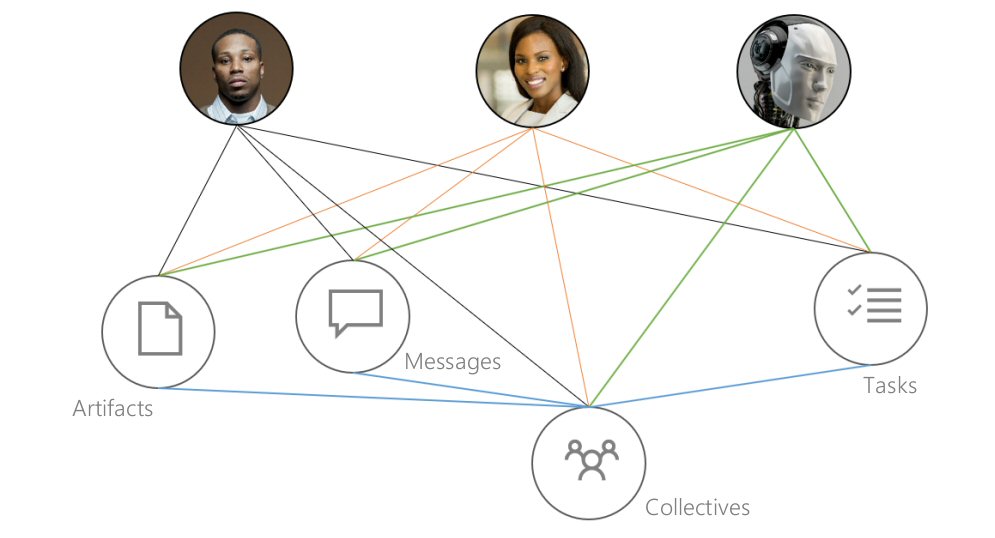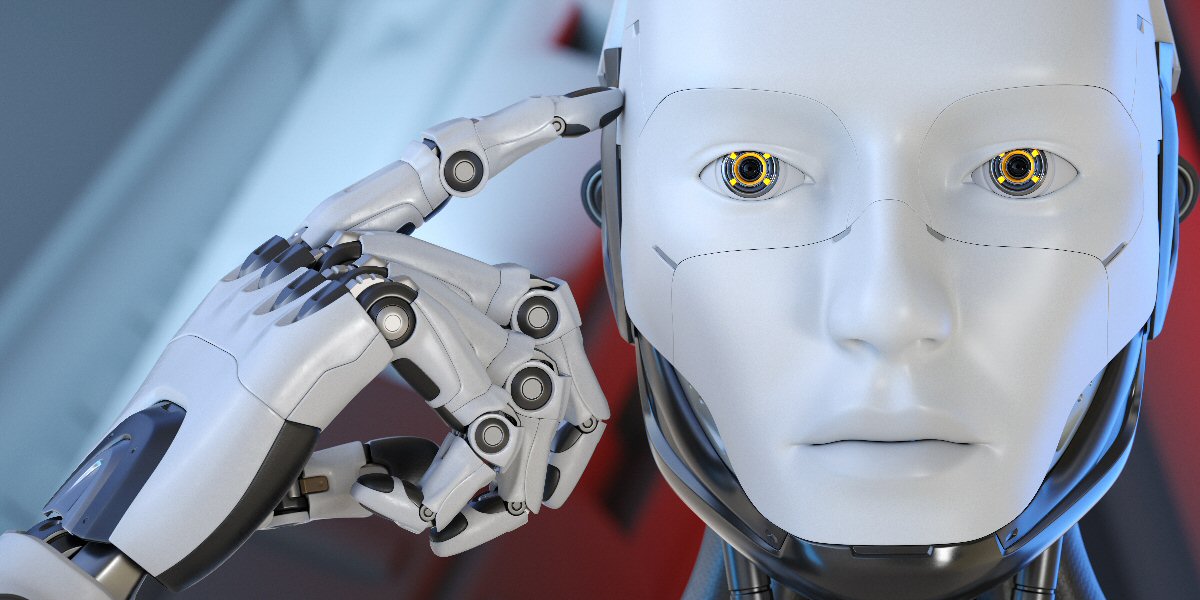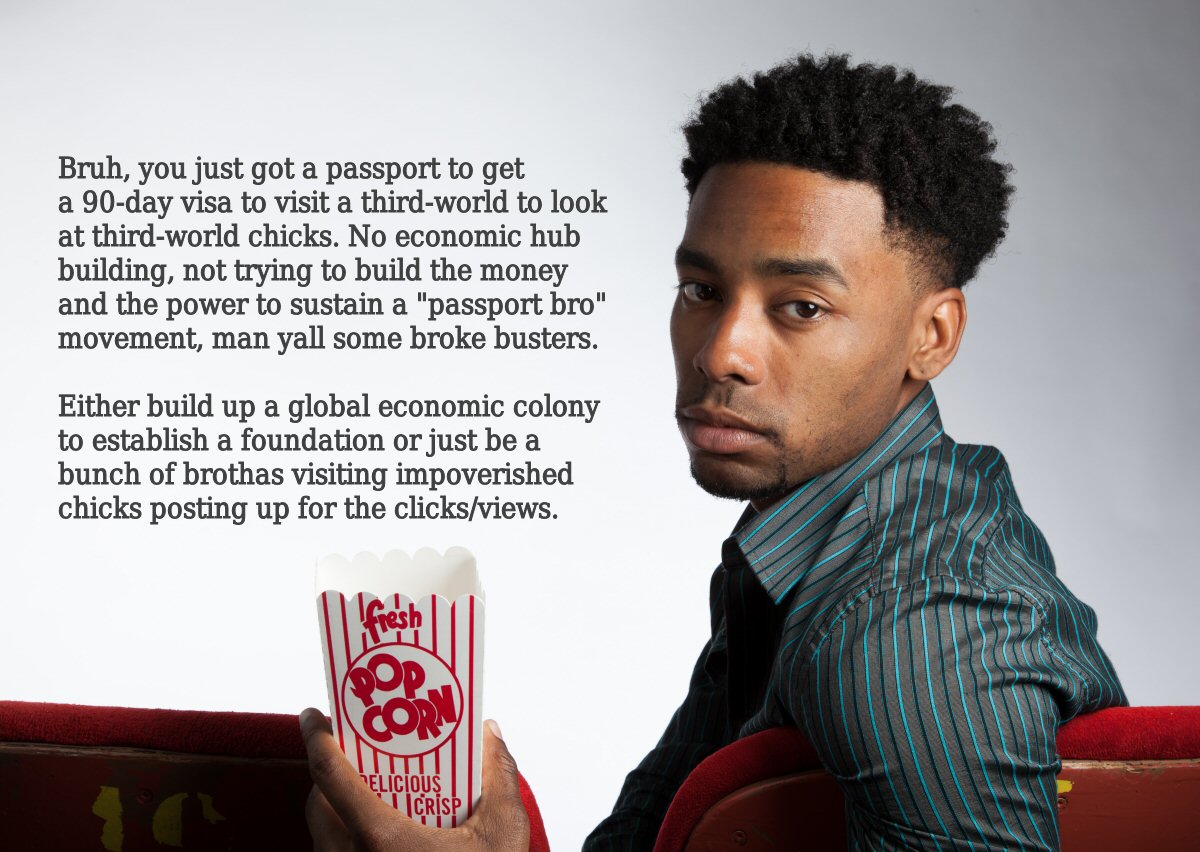How to Fit Graph Theory in Your ADOS Digerati Empire Building Strategy

Fourth Industrial Revolution patterns and practices will center around artificial intelligence and machine learning. The computing practice will deviate away from object-orientated to a more node-orientated pattern which is simpler but scalable to help machines and humans identify subjects and relationships to make smarter decisions. It is important for the ADOS Digerati to understand graph theory and harness the massive potential and disruptive opportunity graphs have to develop next-generation services the world have not seen before.
Graph theory is a mathematical structure to show relationships between subjects. A graph is composed of nodes and edges. A node is the subject in question and edges are the defined relationships between nodes. In the ADOS Digerati approach to graph theory, nodes have attributes and activity and edges have vertical and horizontal relationships – this is the most important sentence you just read in your life and will need to know this if you want to move very fast and far as an ADOS Digerati firefly.
By establishing attributes and activities for nodes and horizontal and vertical edges in your graph theory, you can establish the following practices.
Data Structures. You can operate web sites, mobile applications and computing platforms off nodes and realize relationships and patterns not recognized in traditional application development platforms. In addition, nodes are transferrable and reproducible meaning you can establish a retail business model like a pop-up shop and when you want to open another one, just transfer the nodes and attributes from an existing pop-up shop defined nodes and edges.
Intelligence Gathering. State-sponsored intelligence, business intelligence and political intelligence use graph theory to track groups, competitors and future threats and opportunities in the marketplace. Tracking activities and recording as node attributes and activities formulate profiles and patterns to identify troublemakers and who is rising up as a future threat or game changer. News organizations also use graph theory to create stories on people, even before certain people make the news.
Machine Learning. Artificial intelligence can learn about subjects through classification and look for attributes and activities to help create conversation and decision support services. Some AI machines can learn from external sources and even add information to a graph theory as a subject matter contributor.
For the ADOS Digerati to implement graph theory, let’s revisit the components one more time and discuss implementation.
Nodes. What you want to do is when it comes to an application, you enter each node subject independently into your data source. If you starting up a pet salon then enter “nail clippers”, “customers”, “appointments” and whatever pops up in your head as a node – do not worry about any order or structure, just brainstorm and enter subject matters related to the business as nodes.
Node Attributes. Nodes are assigned attributes such as “member of”, “color”, “dog breed”, “status” and more and you can add as many attributes as you like to a node to give it depth.
Node Activity. It is important to track the activity of nodes to not allow your graph theory just be a static data source. You can track a node of a friend (“Randy”) asking you for five dollars as a favor and you can track the activity that you withdrew five dollars from your account to give to Randy. You can track activities of your subjects such as when you bought an iron, when you filed your nails and record activities of your own lifestyle to track and look for improvements.
Vertical Edges. These are parent and child relationships. You identify the parent node such as company and child nodes such as product lines. In your application, you will be able to drill down from one parent node into child nodes and one that node, go up a level up the chain of hierarchy.
Horizontal Edges. These are sometimes inferred by having similar nodes in common such as two nodes are child subjects of a group. For a dating service, matches can be made where two people are interested in a similar node such as bowling as a hobby. Horizontal edges do not need to be entered as they can be discovered through querying for nodes not connected to each other but connected to a common node.
Your application or platform can use the same node and edge structure but the difference will be creating a “view” to extract the proper data for consumption. For a retail business, you can place the nodes for clothing and attribute of “in-stock” as a status and create a view on your digital kiosk to find that clothing node and look for the “availability” attribute with a value of “in-stock”. What you should realize at this point is you can build out full business models using nodes and edges as the data structure and using defined queries to return views.
When creating your graph theory structure, look at top-tiered structures. For a business-related graph theory structure, look at the following top-tiered nodes: teams, files, tasks and messages – every business can use this as their baseline and build their business organization up from these base nodes. For personal-related graph theory structures, look at wellness, relationships, finances and entertainment as top-level nodes to base a healthy life balance solution.
The wonderful thing about graph theory is the ability to extract and transfer. It is possible to create just one graph theory structure and combine your personal life and your professional life together and if it gets big enough, just extract the nodes and edges of your business life into a new graph. If you think about this model, it is possible for you to create just one data structure to hold multiple business ideals and when one of the ideas nodes are filling up and showing life through activities, then move the business off into a new independent graph.
Another cool factor is the ability to pass your graph to another entity. For example, you can record all of your problems and ups and downs in life and your financial history and decisions on a graph and later, pass it to your children to show how you managed your money or dealt with relationships so your children can avoid your pitfalls or repeat your success patterns. Graphs can become an asset that can be sold such as a business graph to another business to learn from. So graphs have an tremendous level of value as we approach the Fourth Industrial Revolution.
Graph theory structures provides a new frontier for future systems that can organized data into intelligence structures and in some cases, artificial intelligence assist in the structuring. The Fooky.com API has graph theory services to help urban entrepreneurs quickly get intelligent solutions up and running. We are looking at a paradigm never realized before that the ADOS Digerati is ready to take on to move things to the next level.



















